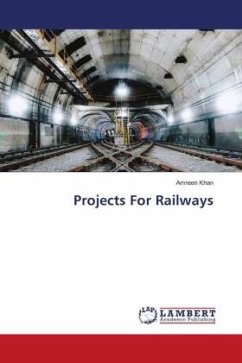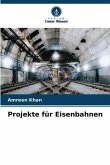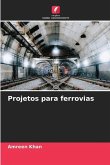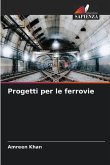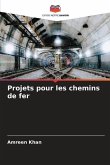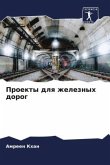The method by which goods, people, or services are transported from one place to another is referred to as a means of transportation. Rail transit stands out among the different means of transport due to its affordability and dependability. It is important to remember, nevertheless, that many train accidents are caused by flaws in the actual railway lines. When compared to conventional inspection techniques, finding these flaws can be difficult and time-consuming.A ground-breaking study that addresses this issue suggests using a model based on artificial intelligence (AI) that is specifically made to find defects in railway rails. The algorithm was trained to recognize several sorts of track imperfections using a dataset that included both faulty and non-defective railway photos. The popular TensorFlow library, recognized for its vast capabilities in creating and training machine learning models, was used to create foldable neural networks, which are a key component of the proposed approach.
Bitte wählen Sie Ihr Anliegen aus.
Rechnungen
Retourenschein anfordern
Bestellstatus
Storno

